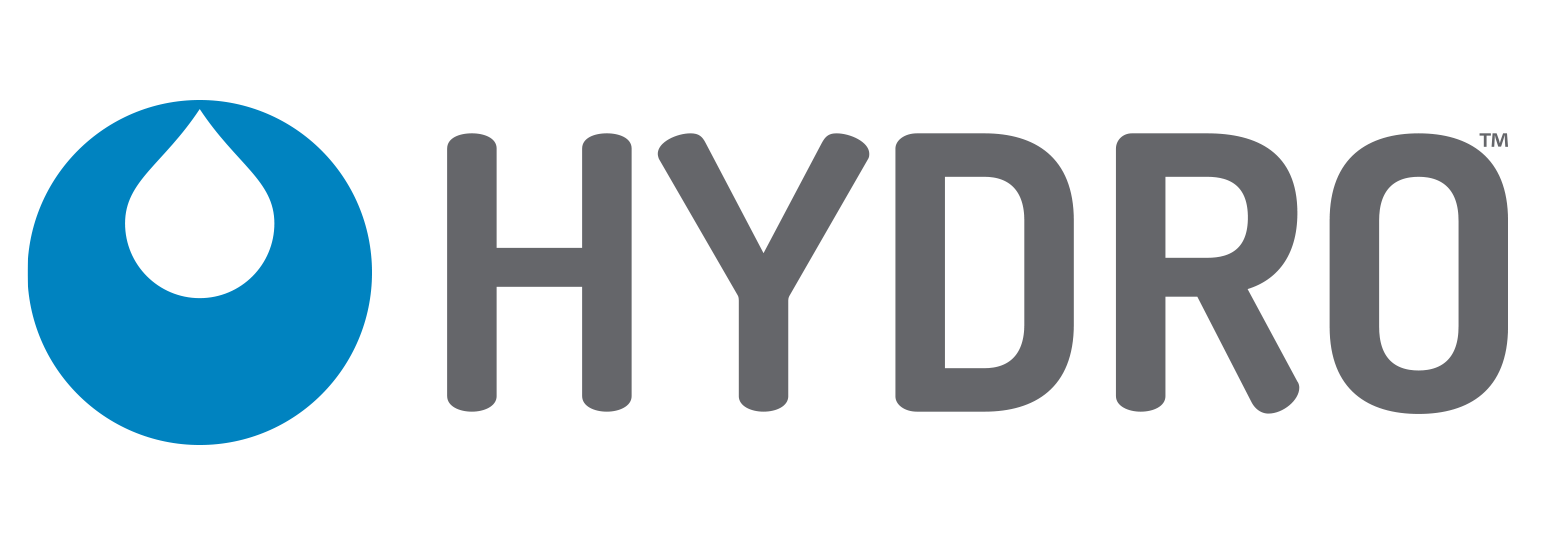Trends Shaping the Dispensing Market

By: John Goetz, Global Product Manager, Hydro Systems
This past year was an especially exciting one at Hydro Systems. We launched a variety of new laundry accessories and a dispenser for on-premise laundry operations, showcased space- and cost-saving warewashing solutions at ISSA Show North America and also unveiled real-time data capabilities for our Hydro Connect platform. In 2020, we will continue to prioritize innovation and will introduce additional solutions that meet the dispensing needs of industries such as hospitality, healthcare, foodservice and jansan.
Understanding the trends shaping dispensing allows us to create products and services that help organizations overcome challenges.
While some of these trends are not necessarily new, they are certainly shaping the
dispensing industry and will continue to have an impact on the way organizations operate.
Key Trends to Know
Some trends are further driving the need for accurate and reliable dispensers, while others are simply a move toward different types of dispensing and enhanced capabilities. It’s important to know how each might come into play within your organization.
- Increasing concerns around sustainability: According to The State of Sustainable Business 2018 report from BSR, a global non-profit focused on sustainability, three-quarters of business leaders from 152 companies say that sustainability needs to be better integrated into business strategy to address trends like resource scarcity, climate change and more. On the flip side, consumers are also increasingly demanding greater transparency and environmental stewardship from organizations. Sustainability makes sense for the planet, brand image and the bottom line, and dispensers help facilities limit resource consumption through accurate dosing and eliminating the need for employees to manually mix chemicals. They also allow organizations to limit consumption of high volumes of ready-to-use chemical products and transition to the use of refillable spray bottles for cleaning. Lastly, dispensers can reduce energy consumption by achieving clean laundry and warewashing results on the first attempt. Easy installation and training allow organizations to have dispensers up and running quite quickly so they can immediately realize the sustainability benefits that these systems offer.
- Access to real-time data: The Internet of Things (IoT) is a trend that is here to stay. The IoT is allowing businesses to track key processes and use the resulting data to drive continuous improvement. Connected dispensers that stream real-time information, like alarms and resource consumption, will continue to help organizations identify areas of inefficiency and waste and make corrections that drive cost and sustainability savings.
- The need to improve training: According to the 2018 Annual Facility Cleaning Decisions Management Survey, 53% of budget dollars of facility managers surveyed are allocated for labor. With the cost of labor on the rise, a talent shortage complicating hiring in many industries and high turnover rates, organizations are increasingly looking for ways to make training and job tasks more efficient. This is leading to the emergence of tools that help onboard new employees as well as troubleshoot cleaning-related issues that arise during the workday. For instance, virtual reality tools are allowing employees to connect with technical experts and solve problems in real-time through guided visual training via a mobile or tablet device. The need for easy-to-use equipment to simplify key tasks will further propel interest in dispensers that precisely dose chemicals.
- The adoption of portable or disposable dispensers: Easy-to-carry dispensers are ideal for employees who want to clean on the go. These dispensers can replace or supplement traditional wall-mounted dispensers in smaller facilities like convenience stores. They can also be well-suited for schools or hotels, as portable dispensers may fit on custodial carts and allow for quick and effective dispensing into buckets and spray bottles.
- Reduced reliance on squeeze tubes: Alternative pumping technologies are eliminating the service and maintenance associated with squeeze tubes, which results in greater accuracy and reduced costs. Squeeze tubes wear out over time and if they aren’t replaced as this occurs, it can have a detrimental impact on the reliability of the dispenser. Look for venturi-based dispensers and electronic diaphragm pumps to meet your needs without the use of squeeze tubes.
Looking Ahead
With the above trends further driving the need for cost-savings, sustainability and productivity, it’s no surprise that more organizations are turning to dispensing to support the bottom line. Additionally, some trends are resulting in new features and capabilities for dispensing to solve unique challenges and help facilities operate more efficiently. In 2020, we look forward to supporting the dispensing needs of our customers and rolling out new innovations that will continue to create savings.

Customer Service and Technical Support
Call 1-800-543-7184 Monday-Friday 8am - 5pm EST











